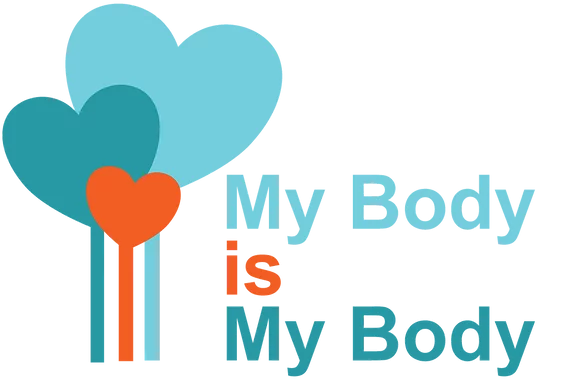3. Digital Discoverers: Young Explorers Navigating the Internet - A project to empower children on Internet safety
-
Before You Start:
-
Lesson 1: What Is The Internet?3 Topics|2 Quizzes
-
Lesson 2: Navigating The Internet2 Topics|2 Quizzes
-
Lesson 3: Understanding Websites1 Topic|2 Quizzes
-
Lesson 4: Understanding Internet Safety and Privacy6 Topics|2 Quizzes
-
Lesson 5: Exploring Email And Online Communication2 Topics|2 Quizzes
-
Lesson 6: Strong Passwords1 Topic|2 Quizzes
-
Lesson 7: Sharing Photos And Videos Online2 Quizzes
-
Lesson 8: Cyberbullying2 Topics|2 Quizzes
-
Lesson 9: The Importance Of Asking For Help1 Topic|2 Quizzes
-
My Internet Safety Pledge
-
Course Completion
Remember, everyone deserves to feel safe and respected both online and offline.


Don’t respond to the bully:
It’s best not to reply to mean messages or comments. Responding may make the situation worse and gives the bully more power. Ignore their hurtful words.
Save the evidence:
Take screenshots or pictures of the cyberbullying messages or posts.
This can help show what happened when you are trying to get help.
Tell a trusted adult:
Talk to a grown-up you trust, like your parents, teacher, or school counselor.
They can help you handle the situation and support you.
Block or unfriend the bully:
On social media or messaging apps, you can block the person who is cyberbullying you.
This will prevent them from contacting you further.
Report the cyberbullying:
Many websites and apps have options to report bullying.
Tell a grown-up about the cyberbullying and they can help you report it to the right people.
Be an upstander:
If you see someone else being cyberbullied, don’t join in or encourage it. Instead, stand up for the person being bullied and let them know they’re not alone. Tell a grown-up about what’s happening.
Remember, you’re not alone in dealing with cyberbullying. By telling a trusted adult and taking steps to protect yourself, you can help stop cyberbullying and create a safer online environment for everyone.

